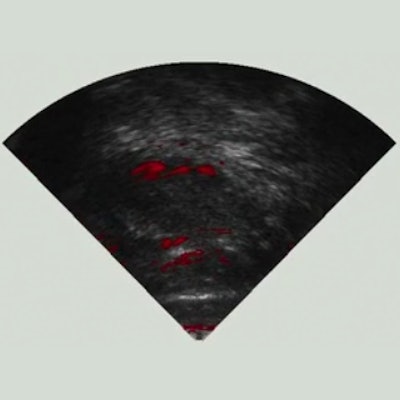
A dual-modality imaging approach that combines ultrasound and photoacoustic imaging to visualize the prostate appears to improve the diagnosis of prostate cancer, according to a study published online August 28 in Science Translational Medicine.
The technology is more sensitive and comprehensive compared with current methods, found a team led by Sri-Rajasekhar Kothapalli, PhD, of the Penn State Cancer Institute in Hershey, PA.
Most prostate cancer cases are diagnosed using biopsy and transrectal ultrasound (TRUS). But TRUS can't visualize the prostate's molecular profile, which means it misses molecular markers and often gives false negatives and positives, according to the study authors.
To address this problem, Kothapalli's team created a device that integrates TRUS with a hybrid optical-ultrasound method called photoacoustic imaging (TRUSPA). The combination of the two approaches allows for the detection of anatomical features of the prostate such as blood vessels in real-time, as well as detailed molecular information within tumors, the group wrote.
The TRUSPA platform combines ultrasound (gray, left) and photoacoustic (red, right) imaging to visualize the prostate in real-time (center). Video courtesy of Kothapalli et al, Science Translational Medicine, 2019.
The platform performed well in mouse models of prostate cancer, providing clear images of the prostate's anatomy, according to the group. The researchers plan to further investigate how TRUSPA could be developed to detect specific biomarkers of prostate cancer, which could further boost its accuracy and clinical potential, they noted.




















